Government energy plan raises costs, cuts usage

The Swiss can expect to pay 20 to 30 per cent more for energy by the year 2050 under an energy strategy unveiled by the cabinet on Friday. The cost increase will be due to the creation of renewable energy sources and energy saving incentives.
Announcing the detailed proposals, Energy Minister Doris Leuthard said that today’s energy costs are very low, making it difficult to motivate people to conserve. The first step of the multi-step reform seeks to reduce the country’s energy usage by 35 per cent by 2035 and intends to cut fuel and heating oil use by half.
“In a first phase we will seek to encourage the use of renewable energy and massive energy saving. Later on we plan to switch to managing and controlling the change,” Leuthard said at a news conference.
However, that first step will not be enough to replace the output currently being generated by Switzerland’s five nuclear power plants, accounting for 42 per cent of the country’s electricity production.
Part two of the plan will seek to cut usage even further and include a binding energy usage policy in the Swiss constitution so that the government’s decision – endorsed by parliament – to decommission the last Swiss nuclear plant by 2034 can take effect. The issue of nuclear energy continues to be hotly debated following the March 2011 nuclear disaster in Fukushima, Japan.
Leuthard said that Swiss energy prices would rise considerably by 2050 with or without nuclear power in the picture, but reiterated that the government will not approve any more permits to build new nuclear power plants or expand existing ones.
Instead, the government will focus on constructing renewable energy plants and will boost hydroelectric power plants, seeking to make them easier to build by cutting the time it takes to acquire permits and funding.
Limiting the carbon dioxide output of new vehicles will also be key, with the new plan reducing the total allowed to 95 grams per kilometre after 2020.
A law currently in place says that as of the beginning of 2013, new vehicles may generate 130 grams of CO2 per kilometre. The government’s mandate will apply to small trucks in addition to passenger vehicles.
Leuthard said many questions remain open regarding the new energy policy, but the cabinet plans to have a template with changes to ten current laws prepared by January of 2013.
Tax reform
The proposals are sent to political parties, cantons and organisations for consultation before the cabinet drafts a formal bill to parliament.
As part of the wide-ranging reform, the finance ministry is to present proposals by 2014 for an overhaul of the tax system with the aim of boosting energy efficiency.
In a first reaction, environmental groups and centre-left parties have welcomed the cabinet’s energy strategy as a step in the right direction, but they pointed out a number of shortcomings.
They said the proposals lacked consistency and were too slow.
“The measures will not be enough to close down Switzerland’s nuclear power plants by 2029,” said a Green Party statement.
The Swiss branch of the World Wildlife Fund added: “For a real energy turnaround, we have to double the pace. Otherwise, we will go from a nuclear impasse to a gas impasse.”
Opposition
The main centre-right and rightwing political parties as well as the business community are taking an even more pessimistic stance.
The Radical Party described the government’s strategy as “disappointing” and a “dead end road” as it focused on subsidies and state intervention rather than a free market.
The rightwing People’s Party dismissed the plans as “inacceptable” and “utopian”. It accused the government of using unrealistic figures. The centre-right Christian Democrats saw the strategy as a great opportunity but also as a huge challenge.
The Association of Small and Medium-sized Enterprises called for reforms based on voluntary and market-based strategies, which it said could achieve the same ends without hurting the economy.
Switzerland’s five nuclear power reactors generate a bit more than 40% of the country’s electricity. But public protest following the nuclear disaster in Fukushima, Japan, led the Swiss government to agree in May 2011 to a step-by-step phasing out of nuclear energy. This decision was confirmed by parliament.
Hydro-electric stations produce approximately 55 per cent and conventional power stations around 3 per cent of power in Switzerland.
New renewable sources (solar, wind, bio-fuel and biogas) are responsible for about 2 per cent of Switzerland’s energy needs.

In compliance with the JTI standards
More: SWI swissinfo.ch certified by the Journalism Trust Initiative










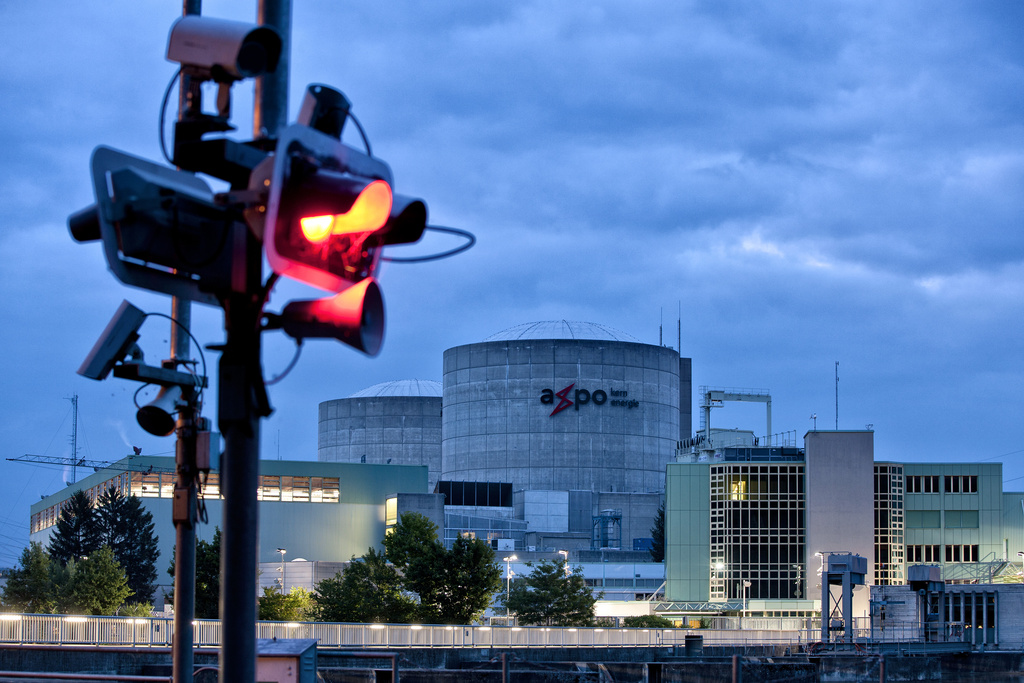
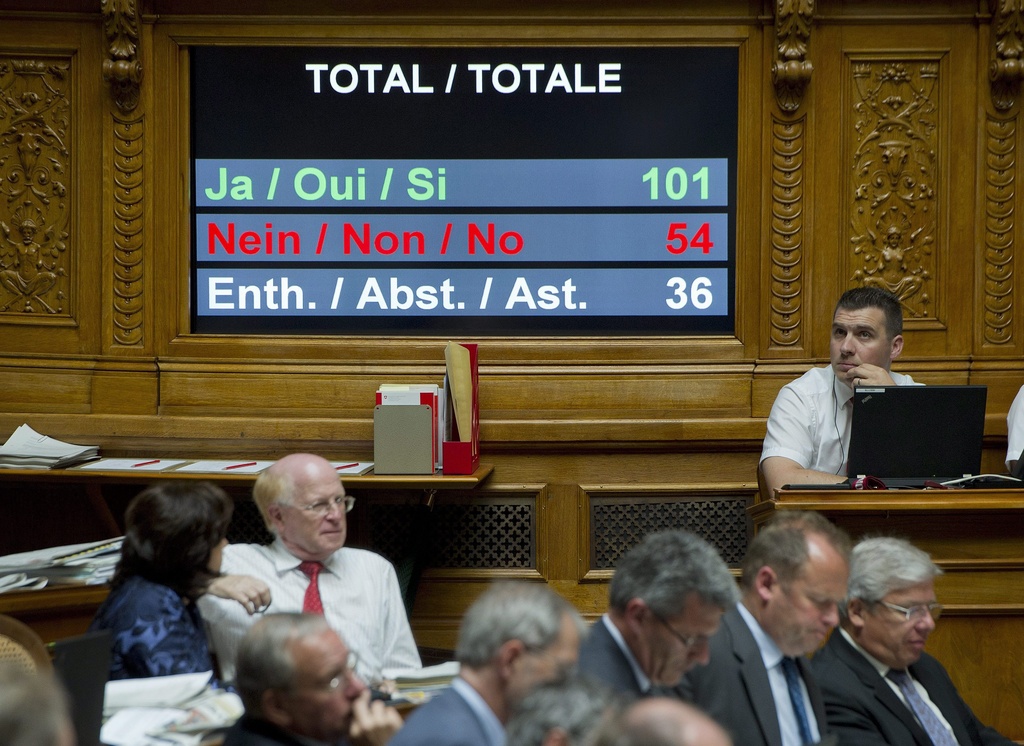

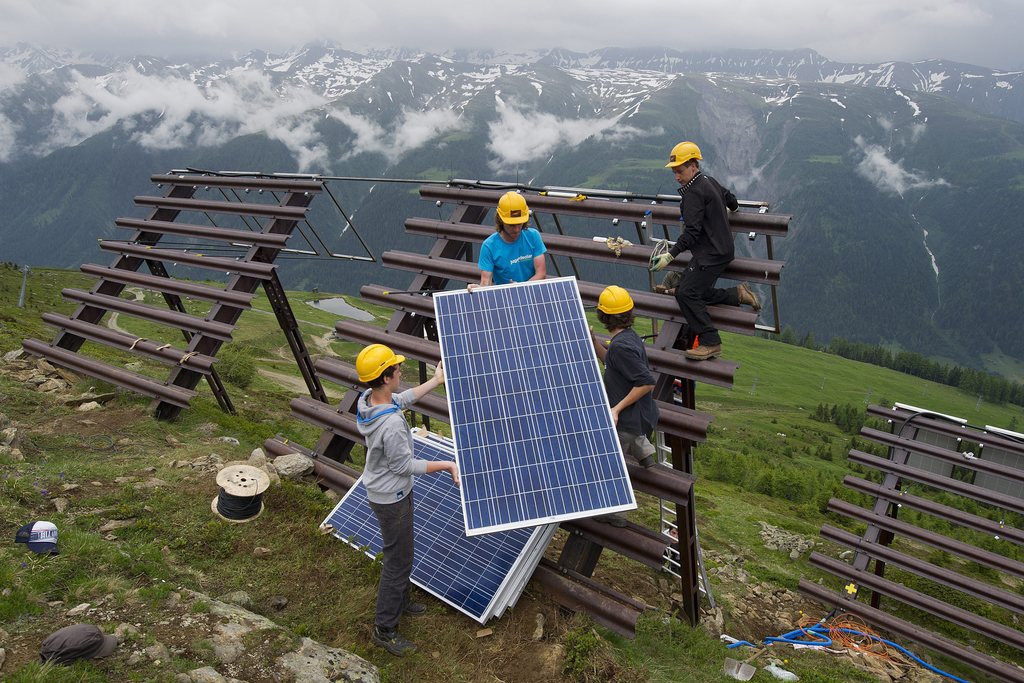
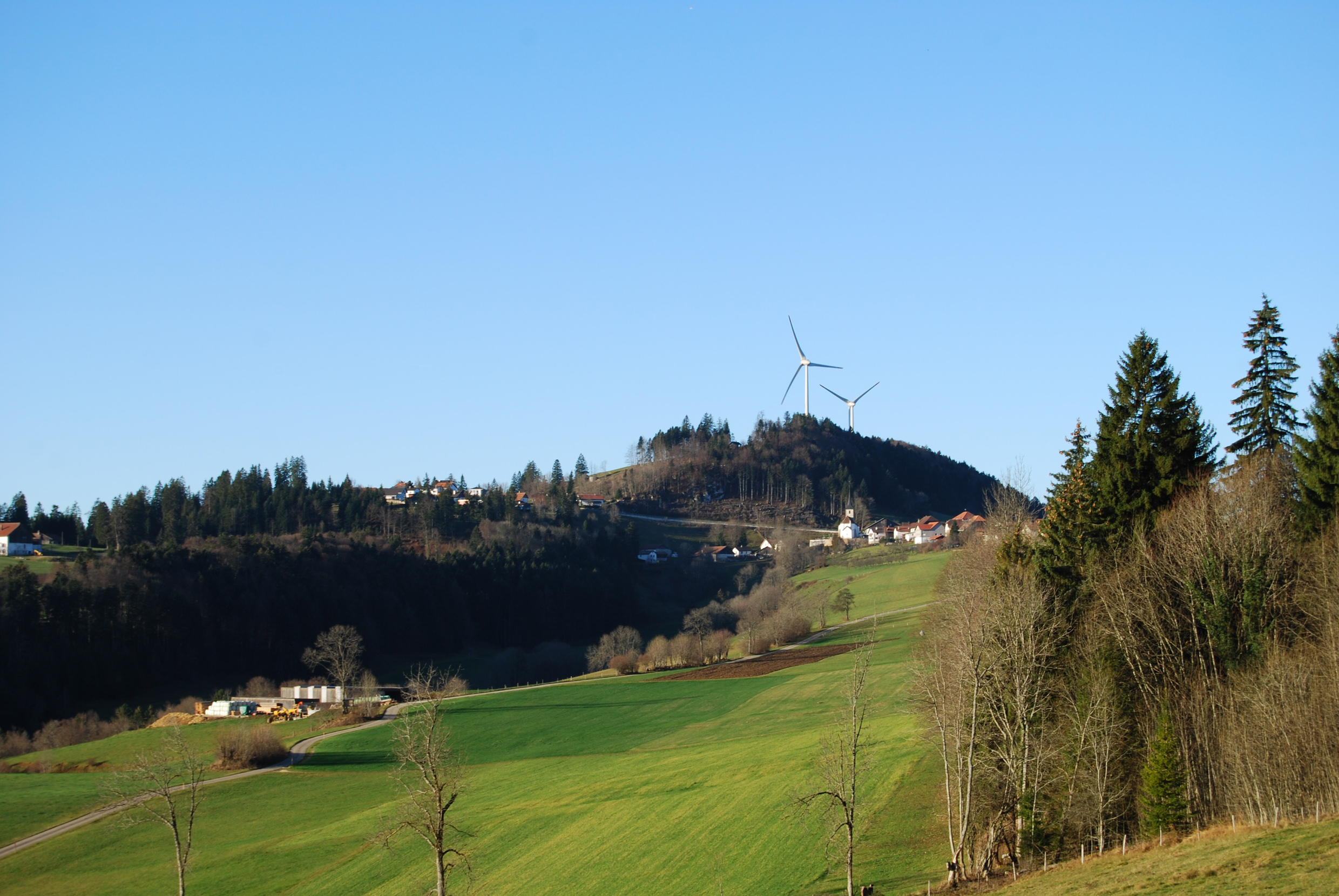

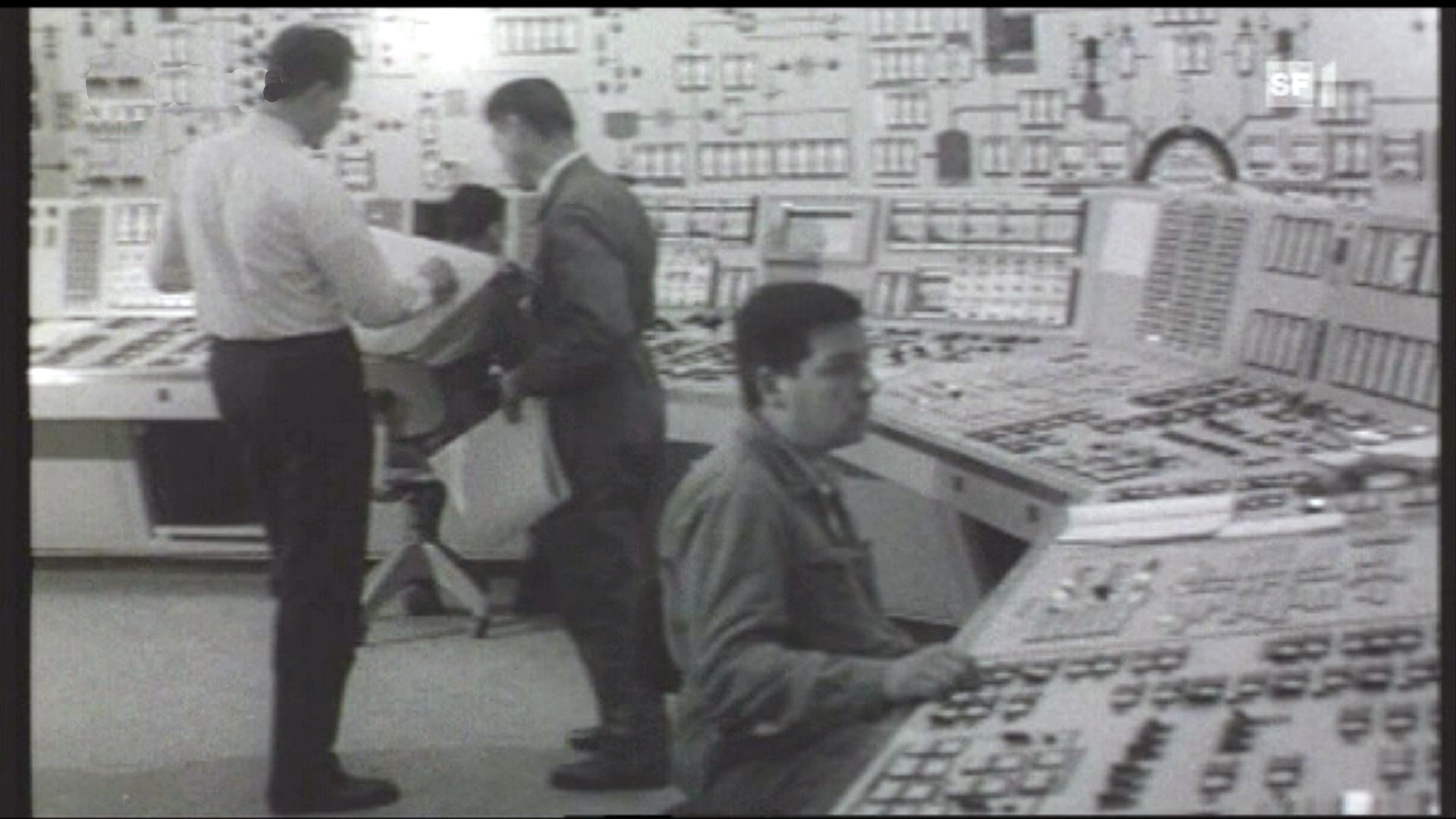

You can find an overview of ongoing debates with our journalists here . Please join us!
If you want to start a conversation about a topic raised in this article or want to report factual errors, email us at english@swissinfo.ch.